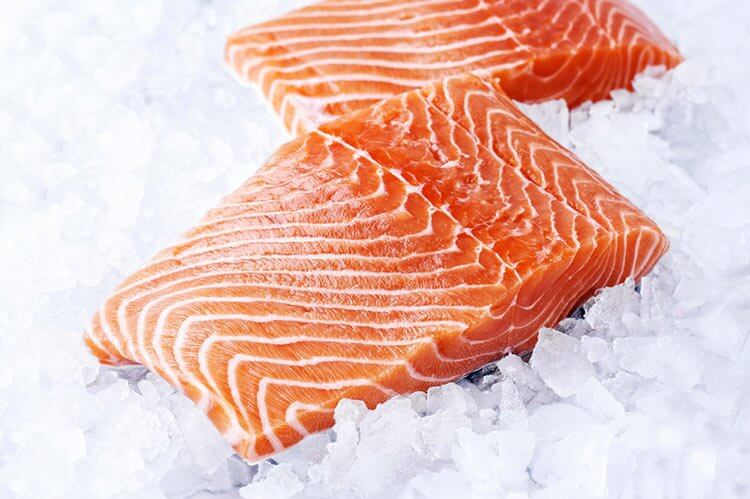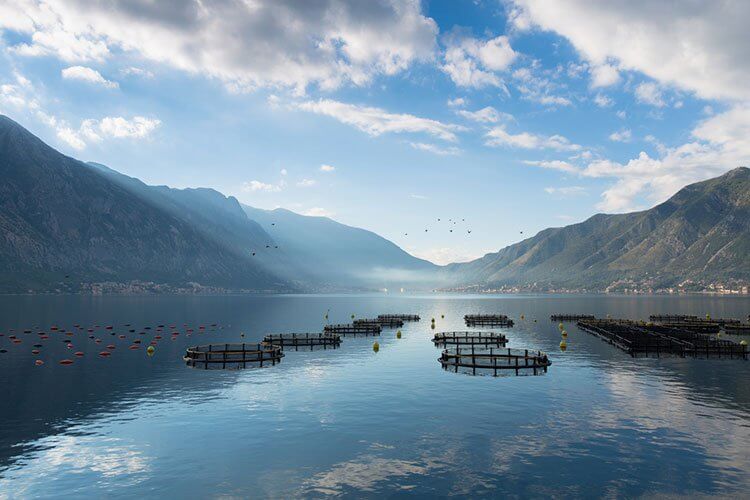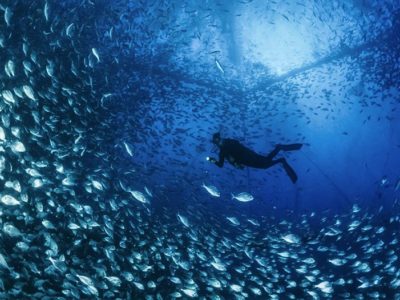Living On a Water-World
The earth is predominately covered in water and, since time immemorial, marine life has made important contributions to the progression of human civilization. Just for examples’ sake, we call to mind how important aquatically derived products have been to different peoples across times and places. The ancient Greeks and Romans used shellfish to create vibrant dyes for beautiful fabric. Native Americans along the East Coast of what is now the U.S. practiced supplementation of their crops with clamming, while Inuit peoples to the far north made clothing, shelter, food, and oil alike from seals and whales. Indeed, entire civilizations in Polynesia and other parts of the Pacific based their entire lives around fishing the warm waters surrounding their homelands. In Japan, both seaweed and raw fish products (such as “sushi “and “sashimi”) have long been staples in their traditional diets, and they are becoming increasingly popular throughout the world today. Unfortunately, as the world’s population has boomed and irresponsible commercial fishing practices have been employed to meet an overwhelming demand for marine-sourced food, entire species and the integrity of aquatic environments have been decimated the world over. In the wake of such depletion of natural seafood sources, many have turned to the creation of manmade fisheries and underwater farms to sustain these demands and make some money along the way.
Sushi, Sashimi, and Seaweed, Oh My!
Nutritionally, aquatic food products provide unique arrays of essential fatty acids, vitamins, minerals, and high quality protein that often can’t be matched by their terrestrial counterparts. Many people also feel more at peace with consuming certain aquatic animals than they do with biting into chicken, beef, or pork. Food aside, aquacultural products also include resources that can be made into fuel, clothing, medicine, and many other products. For all of these reasons, as the human population continues to expand, the increased demands and appetites for aquatic organisms and the products produced from them can lead to negative consequences. Without question, many of the world’s waters have been depleted overfished, as the natural aquatic systems of our planet have been pushed to their limits. For this reason, synthetic manipulation of them to increase yields has become heir apparent to many minds in the aquaculture industry.

Oh Say Can You Sea Farm?
Aquaculture is defined as the farming of aquatic organisms, including finfish, shellfish, seaweed, and algae alike. Ever since the first people trapped fish in small ponds to increase their meat yields, humans from Africa to the Great White North have employed aquaculture to help meet their nutritional needs. Aquaculture has become a very important practice worldwide, as it proffers large potentials for growth, reduced environmental impacts (if carried out responsibly), more efficient and sustainable resource use, and increments in the global food supply.
Options as Numerous as Fish in the Sea
Not only does aquaculture often times take strain off of natural aquatic systems, it proffers high prospects as an economic investment as well. For a picture of successful commercial applications of this sub-type of agriculture, we need to look no further than East and Southeast Asian countries, where such practice have been in place throughout most of their recorded histories. There, we see local farmers and large-scale producers alike putting aquacultural systems into action to a high degree of economic success. Below we have listed some of the most prevalent sub-types of aquaculture seen across our globe today.
- Fish farming (pisciculture) is the raising of fish in closed, controlled systems, usually to be processed into food products. This can include freshwater- (think “trout farms”), brackish-water-, and saltwater-based farming operations.
- Mariculture is simply aquaculture that occurs in the open ocean, usually through the use of enclosed, floating pens or cages that hold fish. Such pens can be moved continuously as climate patterns and water conditions dictate. Finfish, seaweed, algae, and shellfish can all be grown using this method, which doesn’t take up shoreline or inland space, or ownership rights to those lands.
- Algaculture is the cultivation of algae for commercial and other meaningful purposes by humans. Such purposes can include serving as sources of essential oils, dyes, pharmaceuticals, and colorants. There is also increasing interest in using alga as a source of renewable fossil fuels, as well as a means to clean up dirty waters and sequester greenhouse gases.
- Shellfish Farming is the raising of mollusks, crabs, or shrimp and other prawns for the purpose human consumption. With oyster, clam, crayfish, and shrimp farming being the most common, this can occur in freshwater, brackish water, or salt water, depending on the species involved. Besides human food, other important products produced from shellfish farming include oysters’ pearls, natural sources of calcium to be made into supplements or alkalizing agents for soil and water, and bait for fishing.
- Aquaponics is a form of “soilless” crop growing, wherein roots are submerged in water enriched with vitamins and minerals, from which they receive their nourishment sans dirt. While highly involved and requiring a great deal of manipulation of plant nutrition variables, aquaponics offers promise to farmers lacking quality soils, and can produce large yields within small spaces.
- Seaweed Farming is the human cultivation of seaweed. It is especially prominent in the economies of Japan, China, and the Korean peninsula, where most of the world’s seaweed-based products, such as agar and carrageenan, are sourced.
- Aquarium and Ornamental Fish Farming is simply fish farming with the purpose of raising fish for pets rather than as food.
- Integrated multi-trophic aquaculture is a system wherein multiple aquaculture practices are carried out in the same place at the same times, with the separate systems often working interdependently to provide mutual benefits to one another. A common system includes raising shrimp or fish in the same waters as rice or seaweed. The fauna fertilize the flora with their waste, and in turn the plants filter the water and provide habitats.

There’s Always a Downside
Just as aquaculture can reduce environmental stresses, it can create detrimental pressures on ecological systems as well, on land and sea alike. Waste from marine life waste can result in eutrophication, and emphasizing certain species and intensive aquacultural processes may result in decreased biodiversity on land and in the sea alike. Indeed, even small aquatic ecosystems often influence very large terrestrial areas that adjoin them, and aquaculture can dramatically alter such systems for a long time to come.
A Career to Ponder
With the information presented herein, you may be asking yourself. “Who might want to try and make aquaculture work for them as a career field worth pursuing? To this, we say any motivated individual with access to water resources and a desire to make money in unique ways may wish to pursue an aquaculture venture for themselves. And just think: In a highly integrated system, “aqua farmers” can potentially raise rice, seaweed, and fish together, to have all the ingredients necessary for an awesome Sushi roll!
Self-Contained Underwater Farms of the Future (S.C.U.F.F.)
Similar to how terrestrial agriculture transformed migratory hunter-and-gatherer ways of life into fixed farming routines millennia ago; aquaculture may once again revolutionize human lifestyle and dietary patterns. In a world where natural resource capacities have been stretched to their breaking points, the seas may prove to hold some of our greatest hopes. So, if you are interested in getting in on the aquaculture action and desire to learn more, please pass the soy sauce and wasabi for my California roll, and check out the resources listed below for additional info:
Tropical Fish Farming: http://www.ftffa.com/
Shrimp Farming: http://library.enaca.org/Shrimp/Publications/FAO_Macrobrachium_manual_2003.pdf


